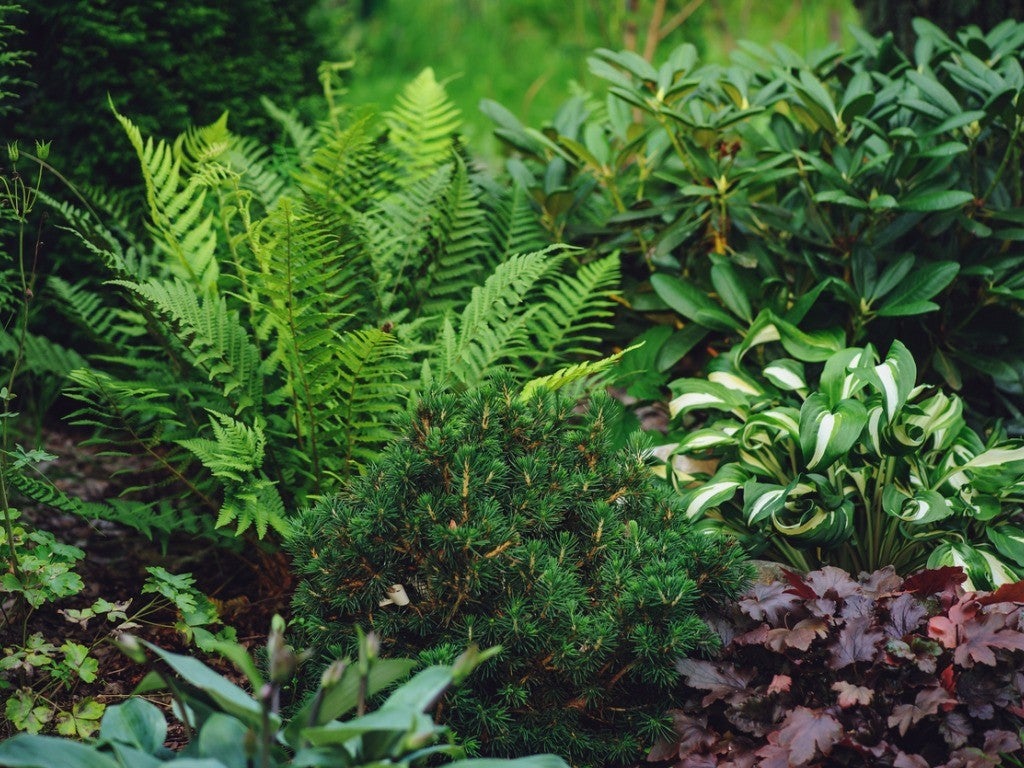What Are Microclimates?



Microclimates are critically important to how your garden is going to produce.
Take a look at any forest, and you’ll notice that different species of trees are growing in different places. Some of this is random, of course, but a lot of it comes down to microclimates.
What Are Microclimates?
Microclimate might sound like an intimidating word, but really it’s just a way to describe the environmental differences that occur in a given area. Have you ever noticed that gardens under trees stay snowier in the spring? Or spots against a wall stay warm longer in the fall? Those are microclimates. They go a long way toward determining how well a plant will grow, and you probably have several in your own garden.
The Basics of Growing in Microclimates
Many microclimates occur naturally, and you’ve probably already been keeping them in mind without realizing it. Here are three very common ones:
- Light
- Temperature
- Moisture
Utilizing Natural Microclimates in the Landscape
Using these microclimates for permaculture means growing plants in the conditions they favor. For example, moisture loving plants should be grown where the soil is usually moist. They should also be planted near a water source, so they can be watered easily, without having to spend a lot of energy and resources.
Man Made Microclimates
Microclimates can also be man made, creating ideal conditions for plants by altering the space around them. For example, if you have a plant that can’t tolerate high winds, you can situate it behind another plant that can. This tougher plant will act as a windbreak, allowing you to grow the delicate one in a spot you might not otherwise have been able to.
Microclimates can also utilize structures, like buildings and walls. If you live in the Northern Hemisphere (and you probably do), spaces along south-facing walls will receive sun for much longer, and will retain ambient heat even after the sun has gone. This means the microclimate against south-facing walls is slightly warmer and slightly sunnier than those surrounding it, and you can grow plants that are that much less cold tolerant.
Sign up for the Gardening Know How newsletter today and receive a free copy of our e-book "How to Grow Delicious Tomatoes".
How to Use Microclimates for Permaculture
The best way to incorporate microclimates in the garden is to think about how a plant grows in nature. We’re used to thinking of plants growing all alone in a field or orchard, but the truth is that most plants actually grow in forests, in among other plants. If you understand the microclimates in your garden, and you understand your plants’ needs, you can grow them in the way they would thrive naturally, saving yourself hard work and setting your garden up to grow as a permanent, self-sufficient environment.

At the Permaculture Life food forest in Florida, Andre the Farmer (Baptiste) is a home food-forester, an avid gardener and a popular social media personality.
Andre guides and inspires his multitude of followers helping them create their own sustainable lives through food forest tips and techniques, healthy cooking and a wealth of environment-friendly gardening advice. He encourages gardeners to “Dig Deeper” into how our individual gardening practices can impact and influence the greater world.